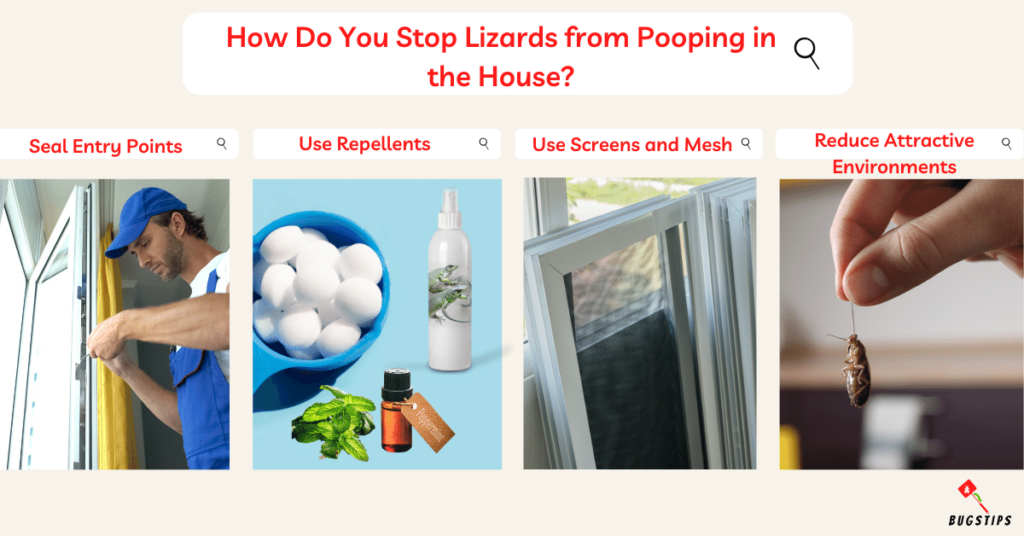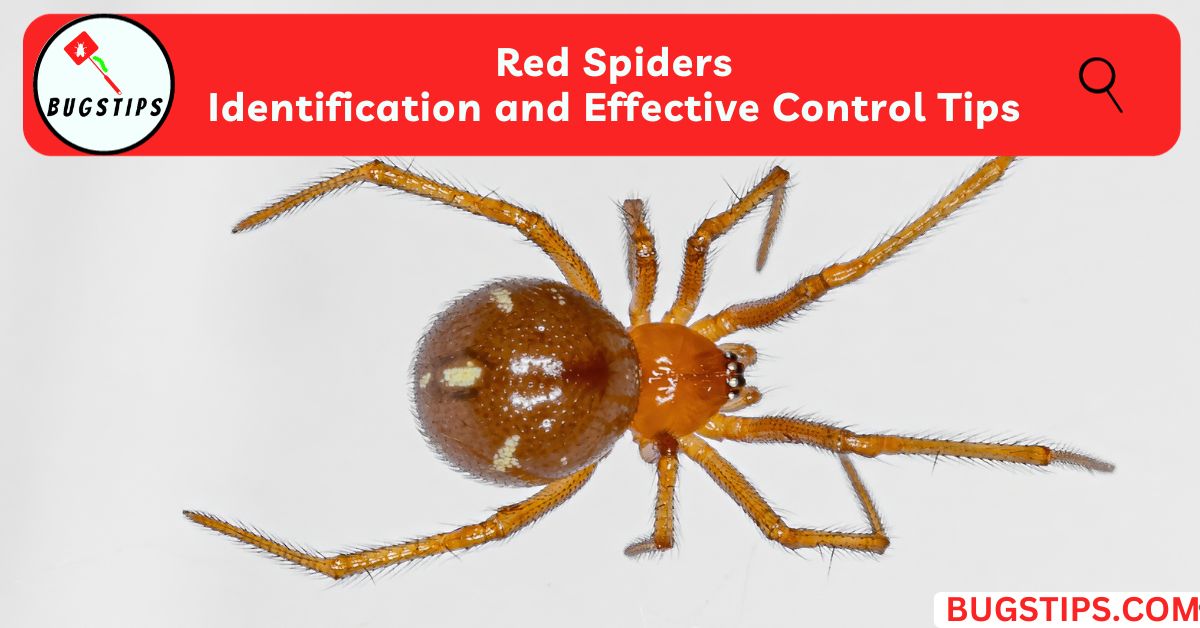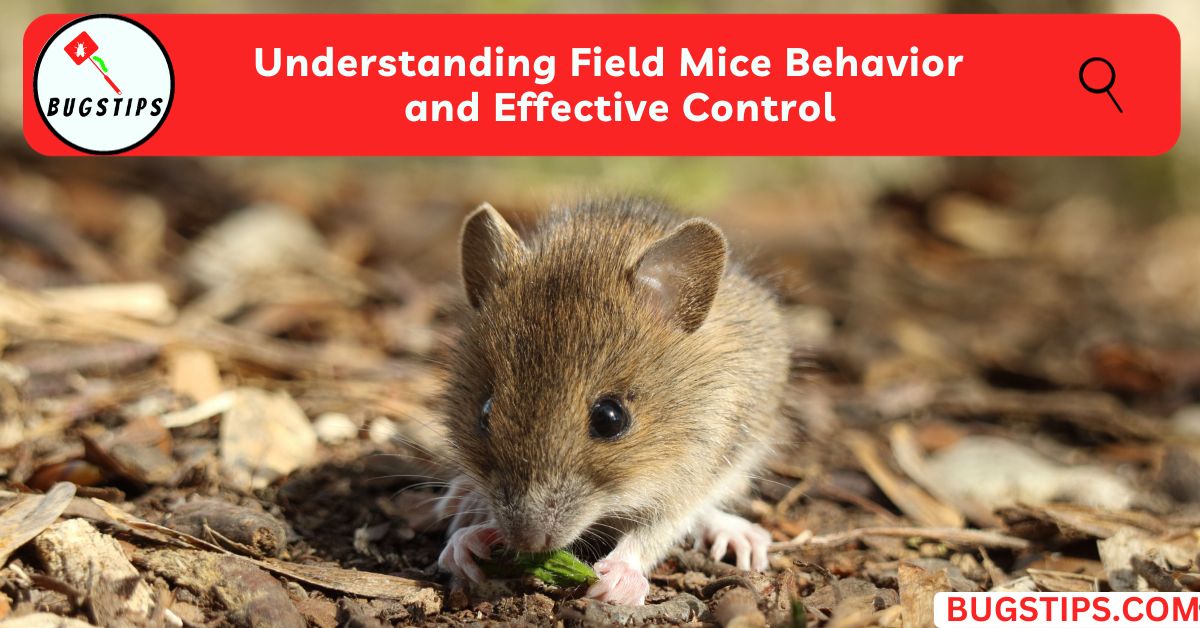This post may contain affiliate links which means as an Amazon Associate, this site may earn a small commission on qualified purchases made through links at no extra cost to you. Learn more on Affiliate Disclosure
Lizard poop may not be the first thing that comes to mind when you think of reptiles, but it’s an important part of their biology and behavior.
If you’re a lizard owner or facing gecko problems in your home, understanding their poo can offer valuable insights into their health and habits.
From the size and shape of their droppings to the colors and smells they produce, lizard poop can reveal a lot about what lizards eat, how often they poop, and where they like to go.
In this article, we’ll explore everything you need to know about lizard poop, including how to identify it, what it looks like, and how to clean it up safely.
So whether you’re a lizard enthusiast or simply curious about these fascinating creatures, let’s dive in and learn more about lizard poop!
What Does Lizard Poop Look Like?
Lizard poop, like any other animal droppings, can vary in size, shape, and appearance depending on the species of lizard and what they’ve been eating.
However, some general characteristics can help you identify lizard poop.

Size
The size of lizard poop can vary significantly depending on the species of lizard. Smaller lizards, such as geckos and anoles, typically leave behind tiny droppings that are no larger than a few millimeters in length. (no larger than a grain of rice.)
On the other hand, larger lizards, like iguanas and monitor lizards, produce bigger feces that can be several inches long.
So, whether you come across minute droplets or sizable piles, the size of the droppings can provide a good indication of the lizard’s dimensions.
Shape and Appearance
Lizard poop often has a distinctive shape that can help identify the reptile responsible for the deposit.
Generally, the droppings have a long and tubular appearance, resembling small cylinders. However, the precise shape can vary depending on the lizard’s diet and habitat.
Some species produce poop with a more elongated form, while others may have slightly flattened or irregular-shaped droppings.
Keep in mind that the texture can also vary; some droppings might be more solid, while others could be slightly mushy.
Color
The color of lizard poop can vary depending on the species of lizard and what they’ve been eating.
Generally, lizard poop is brown or black, but it can also be green, yellow, or even white.
For example, lizards with a diet rich in insects may have darker and more pigmented droppings.
On the other hand, herbivorous lizards, like iguanas, may produce lighter-colored droppings due to their plant-based diet.
Additionally, the presence of undigested seeds or insect parts in the feces can also influence its coloration.
So if you're trying to identify lizard poop, look for elongated droppings that are tapered at both ends, with a smooth or lumpy surface. Pay attention to the color and texture of the poop, as this can offer clues about the lizard's diet and overall health.
Related Article – Snake Poop 101 | A Comprehensive Guide
Why Does Lizard Poop Have a White Tip?
You may have noticed that some lizard droppings come with a curious and distinctive white cap. This feature is quite common among many species of lizards, and it has an interesting explanation.
The white tip in lizard poop is not an accident or a random occurrence.
The white tip at the end of lizard poop is called the urate, which is a waste product of the lizard’s kidneys.
Unlike mammals, which excrete urea in their urine, lizards excrete uric acid in the form of a paste-like substance that is mixed with their feces.
This urate is typically white or yellowish and is expelled from the lizard’s body separately from the poop.
So why do lizards have a separate waste product from their feces? The answer lies in their unique biology.
Lizards are cold-blooded animals, which means they need to conserve water in their bodies.
By excreting uric acid in a paste form, lizards can conserve more water than if they excreted it in liquid form. The urate also helps to balance the pH of the lizard’s waste, making it less acidic and easier to pass.
Related Article – Squirrel Poop vs Rat Poop: A Detailed Comparison
How to Identify Lizard Poop from Other Animal Droppings?
Identifying lizard poop from other animal droppings can be tricky, especially if you’re not familiar with the different characteristics of each type of feces.
To help you distinguish between lizard poop and other common animal droppings, here’s a quick reference table.
| Animal | Shape | Size | Color | Additional Features |
|---|---|---|---|---|
| Lizard | Elongated, tapered at both ends | Varies, but can range from very small to several inches long | Brown or black, but can also be green, yellow, or white | May have a white or light-colored band separating segments |
| Snake | Tubular, larger and thicker than lizard poop | Typically larger than lizard poop | Brown or black, may have a white, chalky appearance due to urates | |
| Rat | Tapered at one end, generally smaller than lizard poop | Smaller than lizard poop | Dark brown or black | May have a pointed or curved end |
| Mouse | Small, pellet-shaped, tapered at both ends | Generally smaller than lizard poop | Dark brown or black | May have a pointed or curved end |
| Bird | Liquid, larger than lizard poop | Larger than lizard poop | White or black, may have a white, chalky appearance due to urates | May have a distinct odor |
As you can see, lizard poop is generally elongated with tapered ends, while snake poop is tubular and larger.
Related Article – Snake Poop 101
Rat and mouse poop are smaller and typically have a pointed or curved end, while bird droppings are liquid and larger than lizard poop.
You May Also Like – Do Spiders Poop? The Truth Behind Arachnid Waste
What Does Lizard Poop Smell Like?
In general, lizard poop has a musky and slightly pungent odor, much like the scent of other reptiles or animal droppings.
Some people describe the smell as earthy or musty, while others find it unpleasant or offensive.
The odor of lizard poop can also be affected by factors such as the humidity and temperature of the environment in which it is deposited.
In warm or humid conditions, the odor may become more intense, while in cooler or drier environments, the odor may be less noticeable.
How Often Do Lizards Poop?
Lizards, like other animals, have varying poop frequencies which depend on their age, size, and diet. Different species of lizards may also have different pooping habits.
Here’s what we know about how often lizards poop.
Baby Lizards
- Baby lizards tend to poop more frequently than older lizards.
- For instance, baby lizards, such as adorable bearded dragons, are quite the frequent poopers!
- A baby bearded dragon that’s 3 months old or younger can impressively poop at least once a day, and sometimes even up to four times daily!
- This is because they require a high protein-rich diet to support their rapid growth rate.
Young and Adult Lizards
- Young lizards aged between 5 to 18 months tend to poop at least every other day.
- As they grow and mature, their pooping frequency gradually eases up. Adult lizards, on the other hand, may poop around 2 to 4 times a week.
- Each lizard has its own unique needs and habits, so there’s no one-size-fits-all answer.
Related Article – The Fascinating World of Earwig Poop
Do Lizards Eat Their Own Poop?
While some lizards may occasionally eat their own poop as part of their diet, it is not a common behavior among most species. In fact, it is generally not considered a healthy behavior for lizards to eat their own feces.
If a lizard is eating its own waste, it may be a sign that it is not getting enough to eat or that it is not receiving the proper nutrients from its diet.
This behavior is often observed in lizards that have a diet lacking essential nutrients. For example, iguanas have been known to eat their own poop when they are deficient in calcium.
Therefore, it’s important to ensure that your lizard is receiving a balanced and nutritious diet that meets its individual needs.
Providing your lizard with a varied diet that includes fresh vegetables, fruits, and protein sources, such as insects or small rodents, can help ensure that it is getting the nutrients it needs to maintain good health.
What Does Unhealthy Lizard Poop Look Like?
If you have a pet lizard, it’s important to keep a close eye on their poop to ensure that they are healthy and happy.
While it may not be the most pleasant task, monitoring your lizard’s poop can provide valuable insights into their overall health and well-being.
Watery Poop
- One concerning sign to watch out for is watery or runny poop.
- If you notice your lizard’s droppings are unusually loose, it could be an indication of diarrhea.
- Diarrhea in lizards can arise from various factors, including stress, parasites, bacterial infections, or an improper diet.
Yellow Substance
- Most of the time, you might notice a white “cap” or substance at the end of the pellet-shaped portion of your lizard’s poop.
- This is uric acid, a nitrogenous waste that typically accompanies their feces.
- However, if you spot a yellow substance throughout the poop or the droppings appear to be bright yellow, it could be a sign of liver or digestive issues.
If you notice any changes in your pet lizard's poop, such as watery consistency or the presence of yellow substance throughout the poop in bright yellow color, it's important to seek veterinary care as soon as possible.
You May Also Like – Do Snakes Have Bones? | The Fascinating Truth
Is Lizard Poop Toxic?
There is a risk that lizard poop can be harmful to humans and pets due to the presence of bacteria, such as Salmonella, and parasites that can be present in the waste material itself.
Although the risk of getting sick from lizard poop is generally low, it’s still important to take precautions when handling it.
Ingesting lizard poop can lead to food poisoning, and in the case of infants, it can be fatal.
Dogs can also become sick from eating lizard poop due to potential bacterial contamination or parasites present in the waste material.
Therefore, it’s important to avoid contact with lizard poop and take measures to prevent lizards from entering your home or living space.
You May Also Like – 10 Long Skinny Black Bugs in House
How to Clean Up Lizard Poop Safely?
Cleaning up lizard poop, whether from your pet or a wild lizard visitor, is an essential part of maintaining a clean and hygienic environment.
To ensure you handle this task safely and effectively, follow these simple steps.

Wear Gloves
- Put on a pair of gloves to protect your hands from any bacteria or parasites that may be present in the poop.
Remove the Poop
- Use a paper towel, tissue, or scoop to remove any solid waste from the enclosure or surface.
Clean and Disinfect the Area
- Clean the area where the droppings were found using mild detergent and warm water.
- Scrub thoroughly to remove any residue. Then, disinfect the area with a suitable disinfectant spray to eliminate lingering bacteria.
Wash Your Hands
- After cleaning up the poop, be sure to wash your hands thoroughly with soap and water to prevent the spread of bacteria.
Related Article – 12 Tiny Black Bugs on Window Sill
How Do You Stop Lizards from Pooping in the House?
Lizards and geckos are common household pests that can leave their droppings around your home, which can be unsightly and unsanitary. But there are steps you can take to prevent lizards and geckos from pooping in your house.
Here are four easy steps to help you do it.

Seal Entry Points
- Inspect your home for any gaps or cracks in windows, doors, and walls.
- Lizards, especially geckos, are skilled at squeezing through tiny openings.
- Seal these entry points to minimize their chances of sneaking indoors.
Use Repellents
- Some options include mothballs (naphthalene), peppermint oil, or commercial lizard repellents.
- Keep in mind that mothballs are toxic and should be used with caution.
- Place them in a sealed container or bag and keep them out of reach of children and pets.
Use Screens and Mesh
- Install screens or mesh on windows and doors to create a barrier against lizards.
- These protective measures allow fresh air while keeping the reptilian visitors outside where they belong.
Reduce Attractive Environments
- Lizards are drawn to areas with ample food sources, so it’s essential to eliminate potential temptations.
- Keep your living space tidy and free of insects, which are a primary food source for geckos and other lizards.
Bonus Tips
If you have pet lizards and you don't want them to poop in your home you can Encourage lizards to stay outdoors by providing a lizard-friendly habitat in your garden or yard. If you have geckos already present in your home and want to remove them, you can use humane traps or call a pest control professional to remove them.
Final Thoughts
Identifying and cleaning up lizard poop is essential for maintaining a clean and hygienic living environment.
Lizard poop is typically small, firm, and brown or black in color, which sets it apart from other animal droppings.
To distinguish lizard poop from other animal feces, look for signs of digested insects or vegetation, which are common components of lizard diets.
If you notice any changes in your pet’s poop, such as diarrhea or blood, consult with a veterinarian to rule out any underlying health issues.
To clean up lizard poop, wear gloves and dispose of waste properly to prevent the spread of bacteria or parasites.
By being able to identify lizard poop and following proper cleaning procedures, you can keep your home clean and free of potential health hazards.
FAQs
How do you identify lizard poop?
Lizard poop is usually elongated with tapered ends and can vary in size and color depending on the species and diet.
Do lizards poop pellets?
Yes, many lizards, including geckos, produce pellet-shaped droppings.
How long is lizard poop?
The length of lizard poop can range from a few millimeters to several inches, again depending on the lizard’s size and diet.
Why is lizard poop black and white?
Lizard poop may appear black and white due to the presence of uric acid, which gives it a whitish tip.
What color is lizard pee?
Lizard urine is generally very pale yellow to light orange in color.
Why do lizards poop in the same place?
Lizards may poop in the same place to mark their territory and communicate with other lizards.
Do bird poop and lizard poop look similar?
Bird poop and lizard poop can sometimes look similar, but they usually have different shapes and consistencies.
Does lizard poop look like rat poop?
Lizard poop is generally smaller and more elongated than rat poop.
What does blue tongue lizard poop look like?
Blue tongue lizard poop is a cylindrical pellet with a brownish portion and a whitish tip.
Is house lizard poop dangerous?
Lizard poop can carry bacteria like Salmonella, so it’s best to handle it with care and practice good hygiene.
What happens if lizard urine is on the skin?
Lizard urine on the skin is usually harmless but should be washed off with soap and water as a precaution.
What happens if a baby eats lizard poop?
Ingesting lizard poop can be harmful, especially for infants, and may lead to food poisoning or other health issues.
Why does lizard poop smell so bad?
Lizard poop may smell bad due to bacterial or viral infections in the lizard’s digestive system.
Why do some lizards eat their own poop?
Some lizards may eat their own poop as a way to extract additional nutrients or due to nutritional deficiencies.
What is the tiny black poop in my house?
The tiny black poop in your house may be from insects or other small pests, not from lizards.
Resources – (for further reading)
VIN – Constipation in Reptiles – Veterinary Partner
Mayo Clinic – Salmonella infection – Symptoms & causes
Britannica – Lizard | Definition, Types, Characteristics, Classification




